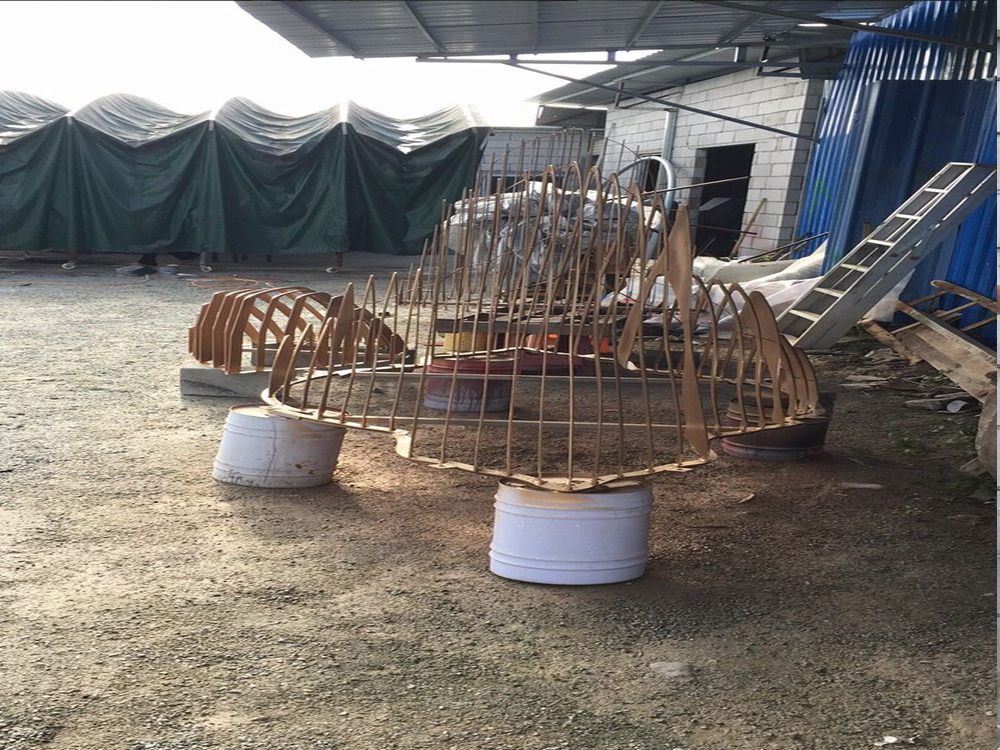
Artists masterfully create the illusion of transparency in opaque bronze forms through a combination of technical skill and optical tricks. One key method involves carefully manipulating surface textures—smooth, polished areas reflect light like glass, while rougher sections absorb it, mimicking the interplay of light in transparent materials.
Another technique is the strategic application of patinas. By layering translucent colored finishes, artists simulate depth and luminosity. Cool blues and greens near the "edges" of solid forms suggest thinness, while warmer tones in the center imply density.
Some sculptors employ negative space creatively, carving openings or thin sections that cast intricate shadows, enhancing the perception of fragility. The play of ambient light across these features dynamically alters the sculpture's appearance throughout the day.
Advanced foundry techniques allow for precise control of bronze thickness. In some works, artists vary the metal density—thinner walls in "transparent" areas catch light differently than solid portions. When combined with meticulous chasing and finishing, these variations trick the eye into seeing through solid metal.
Contemporary artists often combine these traditional methods with modern lighting solutions, sometimes incorporating LED elements that glow through perforated bronze surfaces. This fusion of ancient craftsmanship and new technology continues to push the boundaries of what appears possible in solid metal forms.

